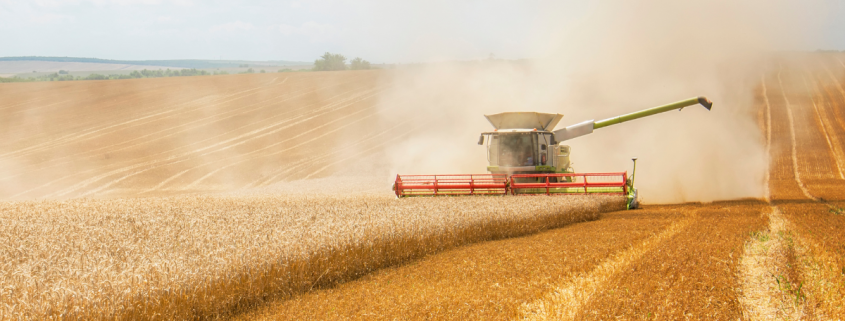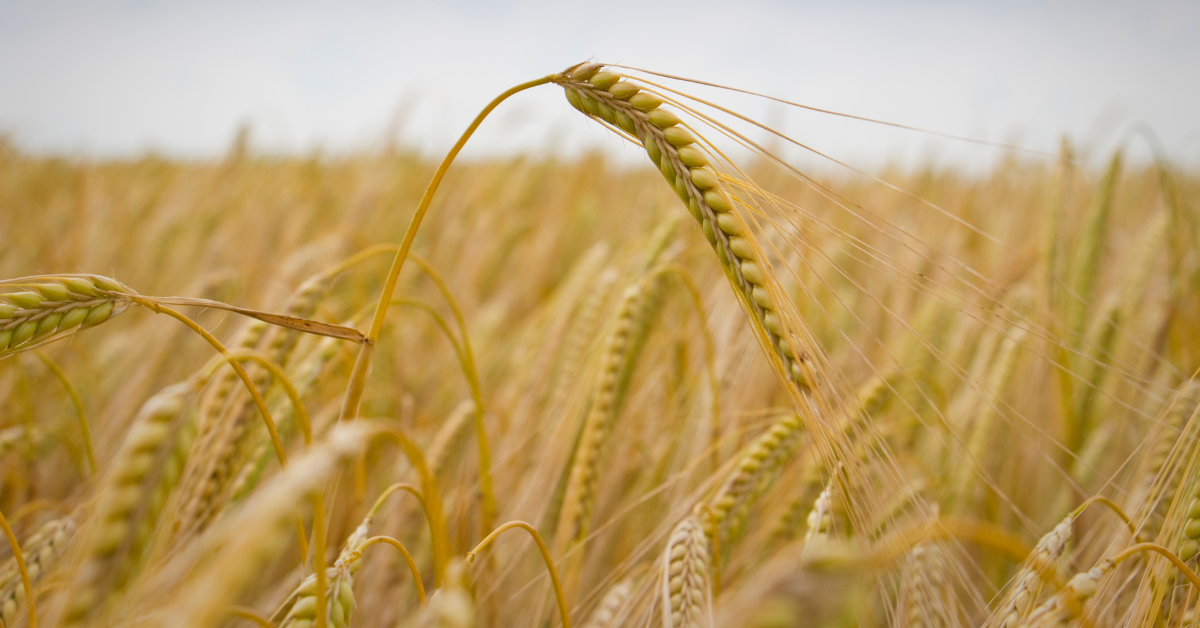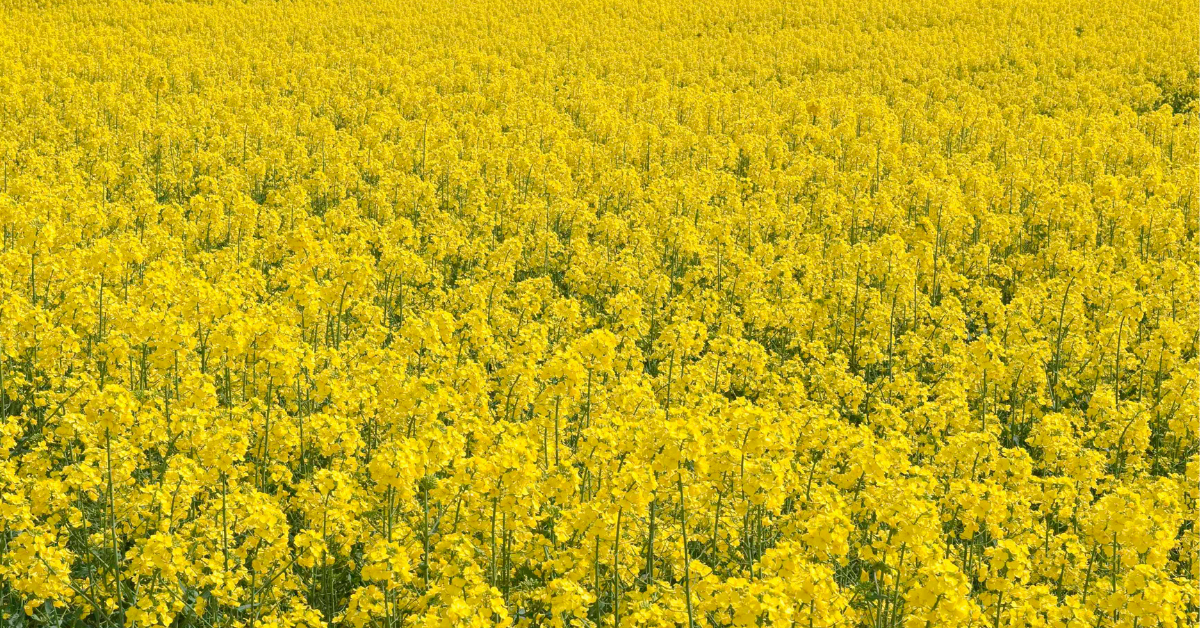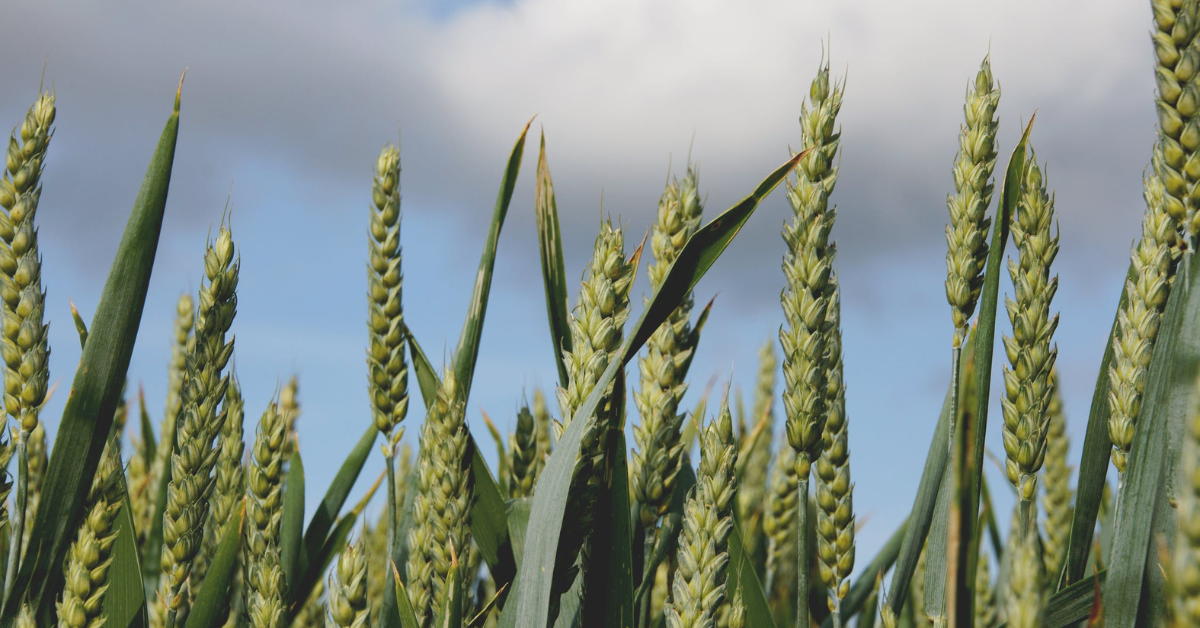Technical Crop Update: Summer 2022
The growing season of 2021/2022 will live long in the memory of cereal growers. Coming off the back of the best harvest in a generation in 2021 where we had the magic mix of yield, price and weather, much needed faith was restored into our sector. All stakeholders were filled with a renewed sense of optimism and reassurance as to why it is we do what we do for a living and ultimately a way of life.
2022 started with a sense of trepidation as input prices began to soar with fertiliser increasing up to 300% on the back of record natural gas prices, a key input in Nitrogen fertiliser manufacturing. However much has happened over the course of the season. The outbreak of war in Ukraine has had a seismic effect on the global grain market, with one of the world’s largest producers and exporters effectively unable to trade. This massive hole in the global supply chain coupled with the subsequent sanctions on Russia has seen global grain markets soar to record levels. Despite the high input prices, we arrive on the cusp of the harvest in a situation where there has never been a greater demand for our grain. This can only be positive for the sector. We can only control what goes on inside our own farm gate and as a result, all we can do is try and produce as high yielding and high-quality crops as possible. Irish growers are some of the best in the world and as long as the weather plays ball with us, hopes are high for another good harvest off the back of last year.
Crop Update
On a local and national level, disease pressure, grass and resistant weed issues along with the growing threat of BYDV have created many challenges for our 2022 crops. It is always important to reflect on the current condition of crops and assess what worked and what didn’t work in 2022.
Winter Barley
Winter barley will be the first crop to go under the knife and will probably come in a week or so earlier than normal. It has been a challenging season for winter barley crops. The mild winter of 2021 has increased the risk of BYDV infection in crops, along with increased pressure from earlier sowing slots. Crops that were sprayed up to 3 times with insecticide are still showing signs of viral infection, clearly displaying the reduced efficacy of our insecticide tool box. Later sowing dates, plant breeding through resistant varieties, encouragement of beneficial insects in the population and new interesting work being done on manipulation of nitrate levels in the leaf, will all prove important mitigation tools in future seasons.
Some crops are also compromised by rotation slot, with those sowed after heavy winter wheat crops in 2021 exhibiting some symptoms of Take-All. Winter barley after break crops looks significantly better.
Crops also suffered from the cold spring from late March into early April. This saw a lot of tiller death in winter barley as crops struggled for nutrients and had poor nitrogen uptake. Crops looked thin for a long time but as the weather improved, crops have bulked up a lot. They may not be as barn busting as last year, however they will still return decent yields and considering current grain prices, they will leave a decent margin.
The main varieties to look for in 2023:
- Joyau(BYDV Tolerant).
- KWS Tardis.
- Valerie.
- Belfry.
Winter Oilseed Rape
Winter rape could be the crop of 2021. In contrast to winter barley, the weather has suited rape all the way along and crops look to have fantastic potential. The prolonged flowering period of upwards of 6 weeks have seen excellent pod set on rape crops with good seed fill in the pods themselves.
The main commercial variety is Ambassador and looks excellent. It is a hybrid variety suitable for later sowing, has Turnip Yellow virus resistance and has an anti-pod shatter gene. The market for rape is strong at the moment and even though it has slipped slightly from record levels a few weeks ago, it will easily surpass any previous harvest prices. It looks like an excellent break crop option for 2023 with the current market prices available and the continued conflict in Ukraine a key world producer of vegetable oils helping to underpin prices.
Rape also presents a good opportunity to get on top of difficult grass weeds such as wild oats, sterile brome and ryegrass. There is no known resistance to propyzamaide and anyone with grass weed issues should consider rape as a break crop in their rotation. Now is a good time for desiccation and crops should be sprayed off when 2/3 of the seeds in the pods on the main raceme have turned from green to brown.
Winter Wheat
Winter wheat crops look to have great potential for the coming harvest. The two main varieties for 2022 are mainly Graham with some Costello in the mix too.
The loss of Chlorothalonil was seen as a possible death knell for winter wheat production in Ireland, however that doesn’t seem to be the case as of yet. The addition of two new chemicals, Revystar and Innotrek have seen Septoria control brought to a new level. So much so, that many crops have three to four clean leaves still at this stage of the growing season.
First wheats again are a must with the odd second wheat showing signs of Take-All in places. BYDV is evident in some crops but does not look to be significant. As always, the later sown mid-October crops look to have the greatest potential.
Spring Barley
Spring barley, our flagship crop, looks to have great potential again this year. Crops sown early have good plant stands, have went through a mainly dry flowering period and look to be filling well. The main variety sown is Planet, with some Gangway, Geraldine and a new variety Mermaid in the mix. Cooney Furlong will again be assembling Planet and Gangway for food grade purposes. Crops were sowed in great conditions at the end of March and seemed to get just the right amount of moisture when it was needed most. As a result, crops are thick and very bulky with growth regulators having to be employed on most crops at the onset of stem extension. The harvest will probably be a week earlier than normal as crops were sowed early and are well developed.
Weed control seems to be better than last year with more favourable temperatures at spraying timings this year. The resistant wild oat issue remains but growers with problems are taking action to mitigate the problem such as switching to pre emergence herbicides and a more varied crop rotation.
Winter and Spring Oats
The two main varieties, Husky and Isabel dominate the landscape again with Husky probably proving the tougher variety for winter sowing. As both are spring varieties sown in the winter, hardiness is a key attribute required. Crops look good in general with good panicle size and grain numbers per panicle with a few blind grains. The addition of boron zinc and manganese to the crop nutrition programme seem to have enhanced grain quality and yield in the last few years.
Rust and mildew are the two key diseases affecting oats and both have surfaced this year, especially mildew in spring oat crops. The loss of Corbel and Opus from the chemical toolbox will make control of rust and mildew a key concern in the coming seasons. Crop nutrition will play a key role in helping to mitigate disease threat in future seasons.
Spring Beans and Spring Wheat
Spring beans look to have great potential this year as they have received rainfall at regular intervals. Beans need plenty of moisture to reach their yield potential and have grown into very heavy crops with good pod set and hopefully good pod fill. The main commercial variety is Lynx.
Disease control has been more challenging this year with the loss of chlorothalonil for chocolate spot and Ridomil Gold for downy mildew. Again, the rotation is key to beans with crops doing best when sowed no more than one in six in the rotation.
Spring wheat has come back into vogue slightly this year with the tillage incentive scheme seeing some livestock farmers plough up leys in order to plant a cereal crop. The two main varieties are Talisker and Duncan and crops look to have decent potential.
Summary
The main crops look to have great potential this year and we look forward to a successful harvest again. Despite record input prices, grain prices have risen to record levels and the prospect of near-record crop margins is a high possibility.
From all the Cooney Furlong Grain team, we would like to thank our customers for the continued support throughout the year and we wish you all a successful and safe harvest.
Further Information
To view more articles from our Summer Newsletter, please click here.
Get In Touch
For the most up to date information on our products and services, please click here or follow us on Facebook and Twitter.
















